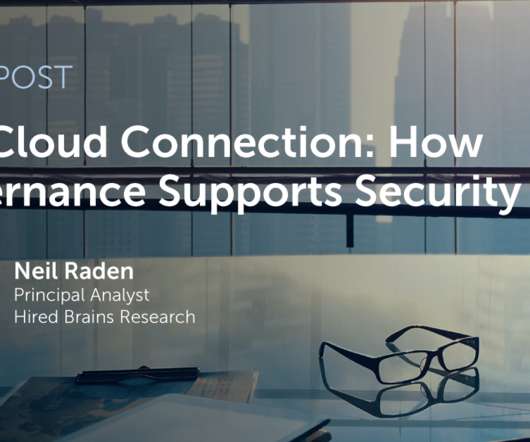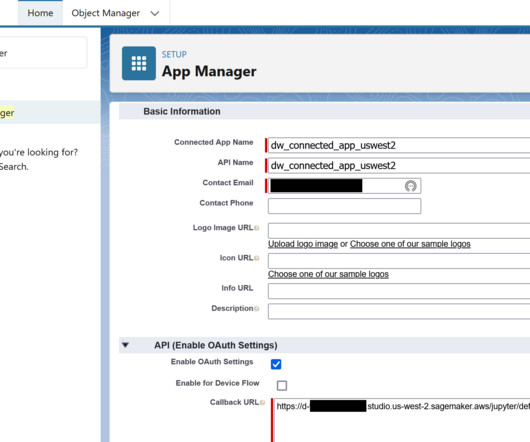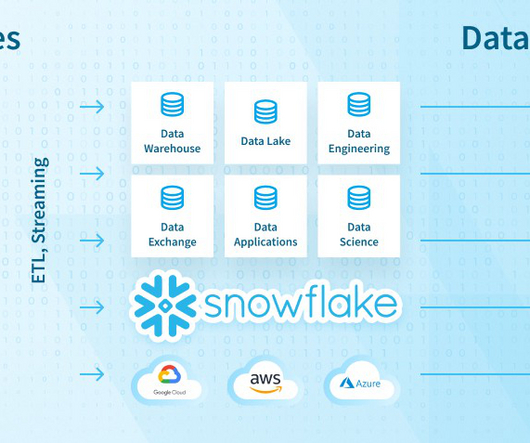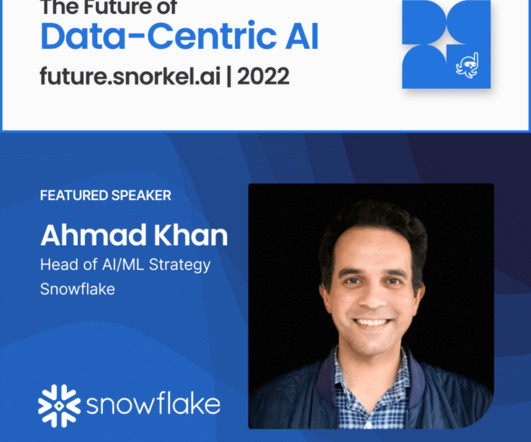Beyond data: Cloud analytics mastery for business brilliance
Dataconomy
SEPTEMBER 4, 2023
Predictive analytics: Predictive analytics leverages historical data and statistical algorithms to make predictions about future events or trends. These tools offer the flexibility of accessing insights from anywhere, and they often integrate with other cloud analytics solutions.


















Let's personalize your content